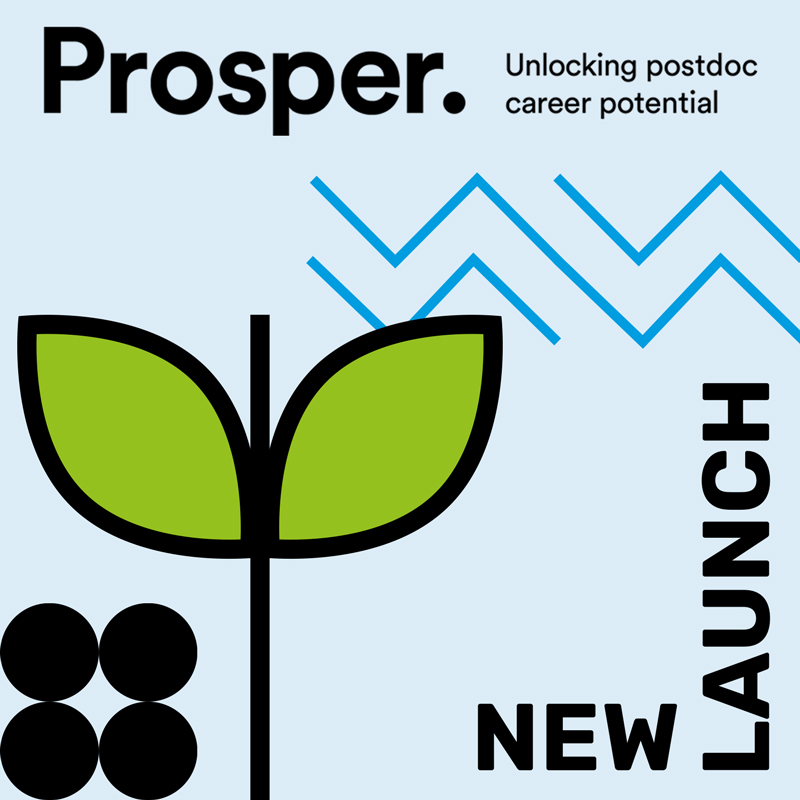Green Claims Code: Getting your green content right
3 ways the Green Claims Code Checklist can help to prevent greenwash content on your website
Using the guidance to avoid greenwash content is as easy as 1,2,3...
The Green Claims Code is guidance published by the Competition and Markets Authority (CMA) to help businesses understand and comply with their existing obligations under consumer protection law when making environmental claims.
- It explains what green claims are and when they can be misleading
- It outlines what businesses need to do when making environmental claims, setting out six clear principles that green claims should adhere to
- It offers practical advice on applying the principles with real-world case study examples
Transparency is essential
Clearing up confusion on green language
YouGov research of 2,000 UK adults found that 52 per cent of us inform our purchase decisions based on brands’ eco-credentials, says this article from The Drum. But more and more talk around sustainability has led to the term being overused, making it increasingly meaningless in the consumer’s mind. To build consumer trust, brands must now be careful with their use of green claims to avoid greenwashing (a form of marketing spin or PR that conveys a false impression or provides misleading information about how environmentally friendly a company's products are.) According to the Green Claims Code, environmental claims are genuine 'when they properly describe the impact of the product, service, process, brand or business, and do not hide or misrepresent crucial information'.
Sounds simple, right? Well, it’s not as straightforward as it sounds. The Green Claims Code makes it clear that the whole lifecycle of a product should be taken into consideration when making an environmental claim. For example, if a brand has reduced plastic usage on a product and claims ‘50% less plastic!’ but the replacement material has to be transported much further to the manufacturing site, the product is probably no more sustainable overall.
Adhering to key principles
What businesses need to do when making green claims
For businesses that genuinely want to lead by example, the use of transparent and accurate language around environmental claims is essential. Alongside six clear principles companies can adhere to, the guidance outlines a series of questions in the form of a checklist that businesses can ask when creating content. Questions range from basics, such as 'Is this claim true?' to 'Should I include information about the durability or disposability of a product in any environmental claim?'.
This Forbes article suggests that while many people are keen to be green, they feel unsure of the environmental language used by companies and governments. So, although it sounds like common sense to ask whether your business lives up to the claims in your content, it’s a complex query with areas that can easily be overlooked. The Green Claims Code checklist helps as a starting point when cross-examining the copy and visuals that represent your products or services.

YouGov research of 2,000 UK adults found that 52 per cent of us inform our purchase decisions based on brands’ eco-credentials, says this article from The Drum.
Moving in the right direction
Applying green principles
Brands that produce accurate, honest content around green claims are better placed to build trust with consumers as interest in caring for the environment grows. Interestingly, the Green Claims Code points out that a brand’s claim could still mislead the consumer even if it is true. For example, a technically organic garment could still require a huge amount of water in production. As the consumer learns more about all the facets of sustainability relating to the production of products and services, brands that are open about their operations are likely to be viewed as more trustworthy. Therefore, it makes sense that businesses develop best practices in green claims usage now so that it becomes a habit for future generations.
The Green Claims Code is readily available on the Gov. UK website. At Feel Created, we utilise the information to produce accurate content, providing our clients with advice on best practice content usage in line with green claims. If you would like more information, please don’t hesitate to get in touch.
















